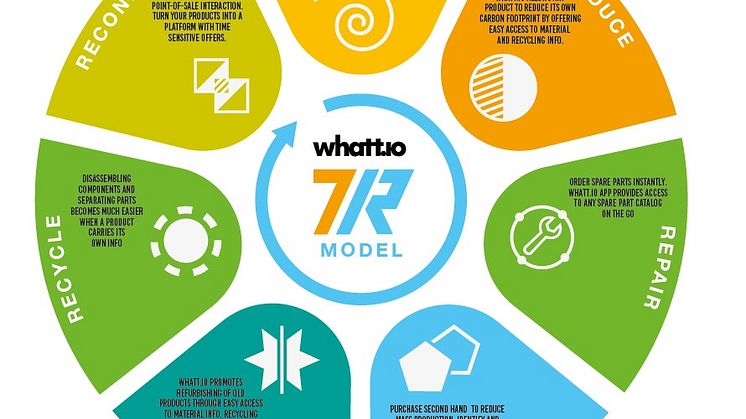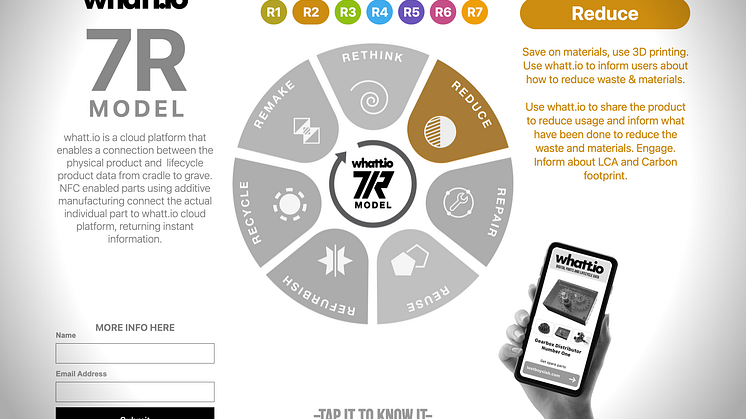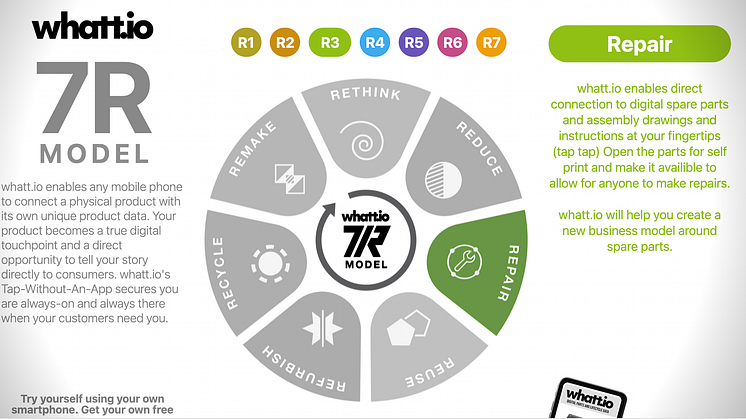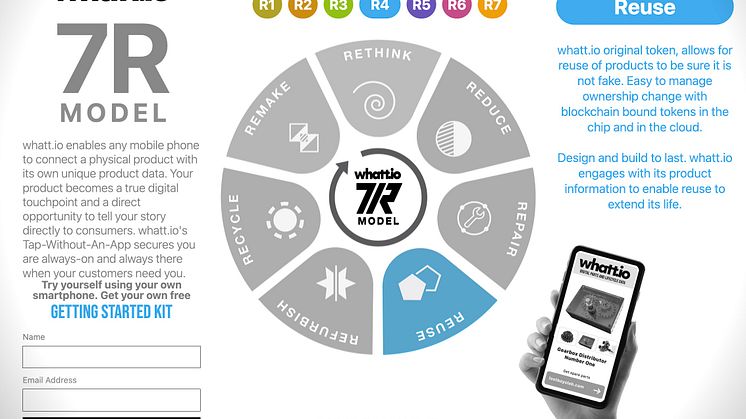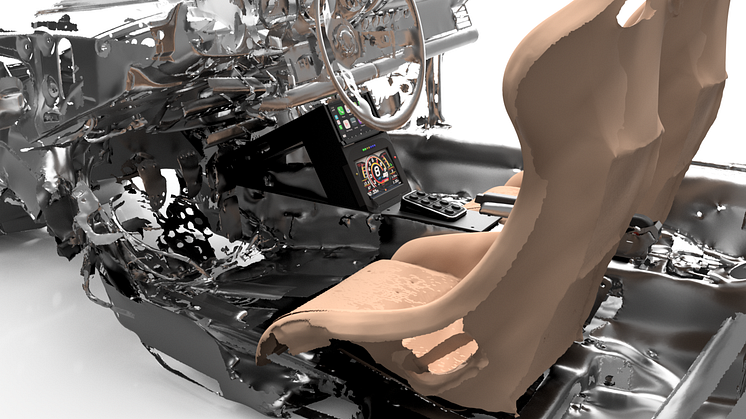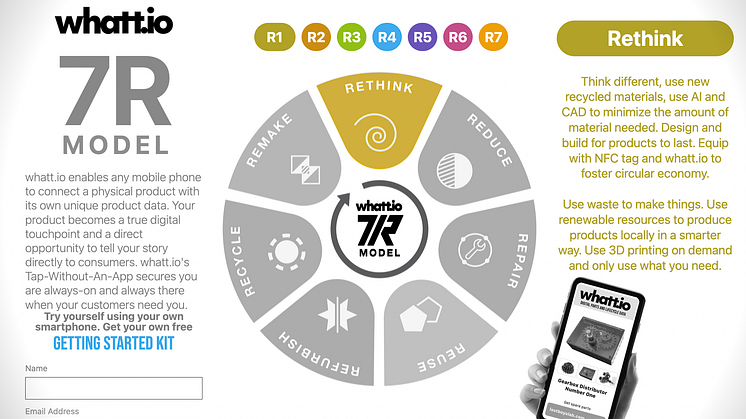
Blog post -
RETHINK - product design based on 7R model circular product development
RETHINK
The 7R model of sustainable design and engineering emphasizes the use of cutting-edge software tools, platforms, and machines to foster the creation of circular and sustainable products.
By encompassing the entire life cycle of a product in the design process, both designers and engineers are able to devise functional and sustainable products that satisfy the requirements of users and owners. The secret lies in commencing with a comprehensive, macro approach that accounts for the available materials, functionality, and sustainability of the product.
By harnessing cloud platforms, IoT technology, and design software, designers can craft products that are repairable and refurbishable. This feature will grow progressively more vital to consumers as environmental concerns continue to rise.
To truly incorporate circular design, designers need to adjust their mindset and contemplate the long-term impact of their products on the environment. Employing 3D printing or additive manufacturing throughout the design process, designers can produce intricate, custom products that can be repaired and disassembled for reuse.
For future success in sustainable design, it is crucial for designers to stay current with the latest software tools and technologies, and to persistently strive for enhancement in the sustainability of their products.
This big RETHINK is the reason behind the development of whatt.io.
whatt.io is a product life cycle platform that enables products to be traced and tracked throughout their entire life cycle, from design to disposal. This technology offers several advantages when it comes to sustainable design and circular economy.
One such advantage is that it enables designers and manufacturers to create products that are more easily repairable and refurbishable. By offering a digital ownership system that is both trusted and traceable, consumers can be assured of the authenticity and quality of the products they are reusing. This can enhance consumers' willingness to reuse products, thereby extending the product life cycle and reducing waste.
Another advantage of whatt.io is that it gives designers and manufacturers a method to establish the provenance and authenticity of their products. This can boost the value of reused products, as consumers can be certain of their authenticity and quality.
In summary, whatt.io provides a potent tool for designers and manufacturers to create more sustainable and efficient products and promote the principles of the circular economy. By using whatt.io, designers and manufacturers can produce products that are designed for reuse and recycling, and that are traceable and authenticated throughout their entire life cycle. This can contribute to the creation of a more sustainable economic system that caters to the needs of both the present and the future. RETHINK!"

